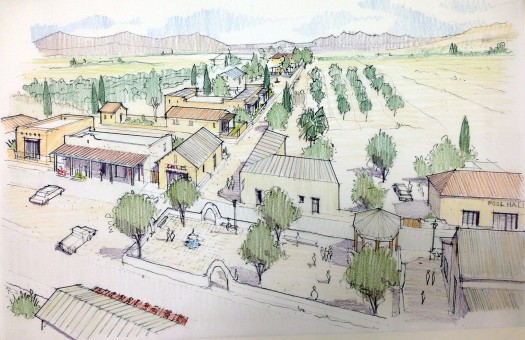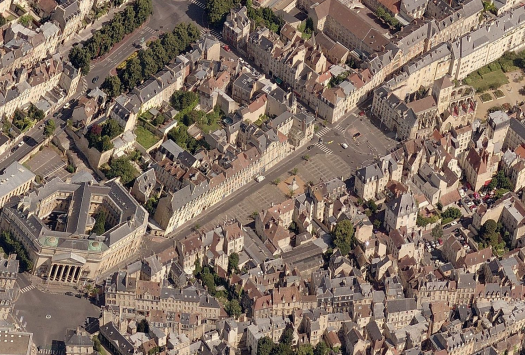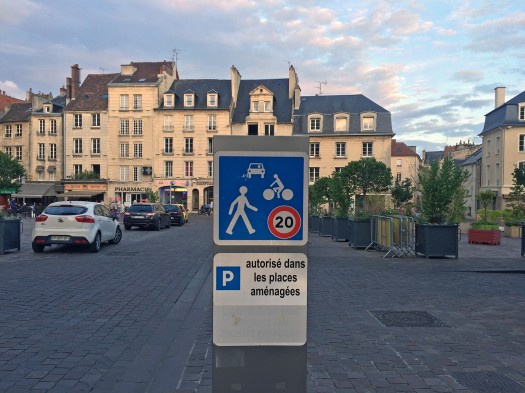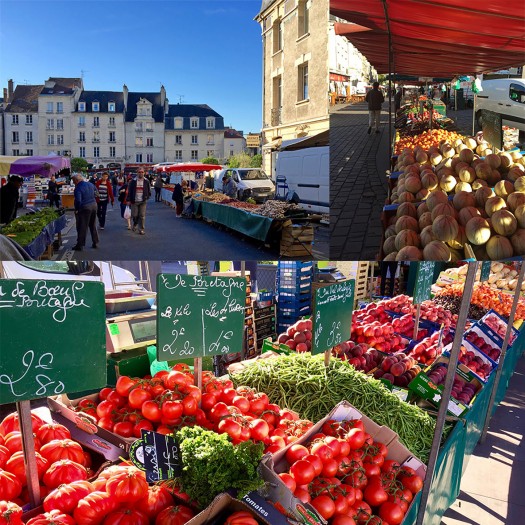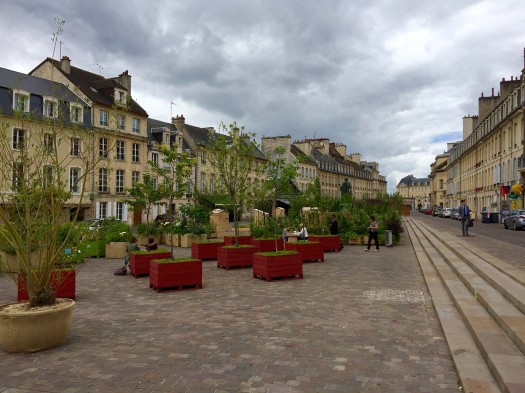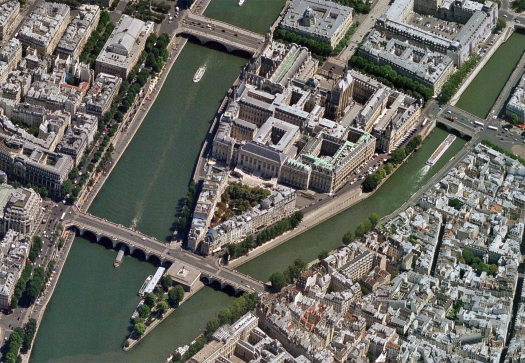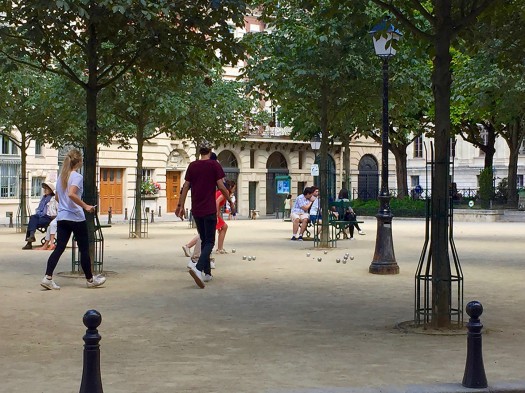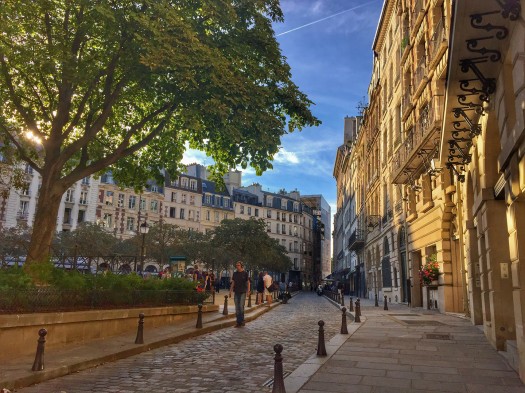A Placemaking Journal
Triangular Plazas: Flexible, outdoor rooms with meaningful uses
 Last year I enjoyed thinking of the critical components of a successful plaza: activity, locals, and a third place. Great plazas are hosts to community engagement any time of the day or evening, they attract both locals and tourists, and always have a third place fronting at least one edge of the outdoor room. A recent trip to France provided a study of the unusual triangular plaza, or place. These triangular French spaces reminded me of a very special New Mexican plaza of my home state. They all have a civic use anchoring the base of the space, a mixture of uses framing the space, and opportunity for meaningful, flexible community activity in the space itself.
Last year I enjoyed thinking of the critical components of a successful plaza: activity, locals, and a third place. Great plazas are hosts to community engagement any time of the day or evening, they attract both locals and tourists, and always have a third place fronting at least one edge of the outdoor room. A recent trip to France provided a study of the unusual triangular plaza, or place. These triangular French spaces reminded me of a very special New Mexican plaza of my home state. They all have a civic use anchoring the base of the space, a mixture of uses framing the space, and opportunity for meaningful, flexible community activity in the space itself.
New Mexico
We worked a great deal in Doña Ana County, New Mexico over the last few years, and became well acquainted with the historic La Union Plaza, a triangular space that is unique in the state. Chris Wilson and Stefanos Polyzoides describe it in fine detail in The Plazas of New Mexico (2011), pages 158 – 161. The plaza was a forecourt for the church of Nuestra Señora del Refugio, and is abandoned since the church relocated in 1960. In addition to the church, other village buildings near the plaza included a pool hall, a post office, school, and the Union Mercantile.
Caen
Caen is the second largest city in Normandy, just over nine miles south of the English Channel. Many of the city’s iconic structures were built during the reign of William the Conqueror, Duke of Normandy. World War II took a heavy toll on the city, damaging much of its urban fabric. Restoration attempts have been heroic, thanks to a concerted effort led by Marc Brillaud de Laujardière from 1946 to 1962.
We had the good fortune to stay in an apartment on rue Pemagnie this summer, a half block from Place Saint-Sauveur. Most of the buildings on the Place were miraculously undamaged during the war. I love this sign entering the Place – it clearly prioritizes the modes of transportation in the space, with the highest priority for pedestrians.
The result is a wonderful shared space that is anchored by Église du Vieux-Saint-Sauveur at the northeast base of the triangle, with the place narrowing to its apex at Place Fontette in front of the Palais de Justice. Place Saint-Sauveur has been home to the Caen Friday market since 1026 and the market fills the adjacent streets as well.
The charming affects of a triangular public space include the notable sense of enclosure within a large area. The 4 to 4½ story buildings create a lovely outdoor room in a space that is over 50,000 square feet, since the triangle is quite acute. While the place has been through historical evolution in form, there is great diversity with the current configuration. It provides café space for adjacent restaurants, stalls for the market, connectivity for cars on the perimeter, and the occasional space for parking. This summer there was an installation of medieval gardening that was available for public consumption.
Paris
One of my favorite public spaces in Paris is the intimate, relaxed Place Dauphine, at the west end of the Île de la Cité. Henri IV, the builder of Place des Vosges, built this delightful triangular place. Interestingly, it originally had a series of uniform facades, very similar to those seen in Place des Vosges. However, this place was planned for the merchant class rather than the nobility. The space has not significantly changed, although the only two buildings with the original facades are those at the northwest apex by Pont Neuf. The eastern base of the triangle originally had another row of houses and shops along rue de Harlay. However, these were removed in the late 19th century to expose the facade of the Palais de Justice.
Today, this dirt-surfaced place is quiet and tranquil. The tree canopy and informal seating provide a lovely place to rest and relax in the heart of the busy city. The image here is from a warm afternoon in July, but the shade from the trees and the buildings resulted in a very pleasant microclimate to enjoy a cool drink and newly-minted memories of the day. At the east end of the place, there were tables with people playing chess, and two young couples relaxing with a game of pétanque under the trees.
We often think of squares and plazas as rectangular spaces, but unique geometries can create unexpected delight when a few simple criteria are met: provide a perception of the space as a room, activate the space with meaningful destinations at the edge, and allow the space to be flexible in its use.
–Susan Henderson
If PlaceShakers is our soapbox, our Facebook page is where we step down, grab a drink and enjoy a little conversation. Looking for a heads-up on the latest community-building news and perspective from around the web? Click through and “Like” us and we’ll keep you in the loop.








